Comunello Automation CU-230V-2M User manual
Other Comunello Automation Control Unit manuals
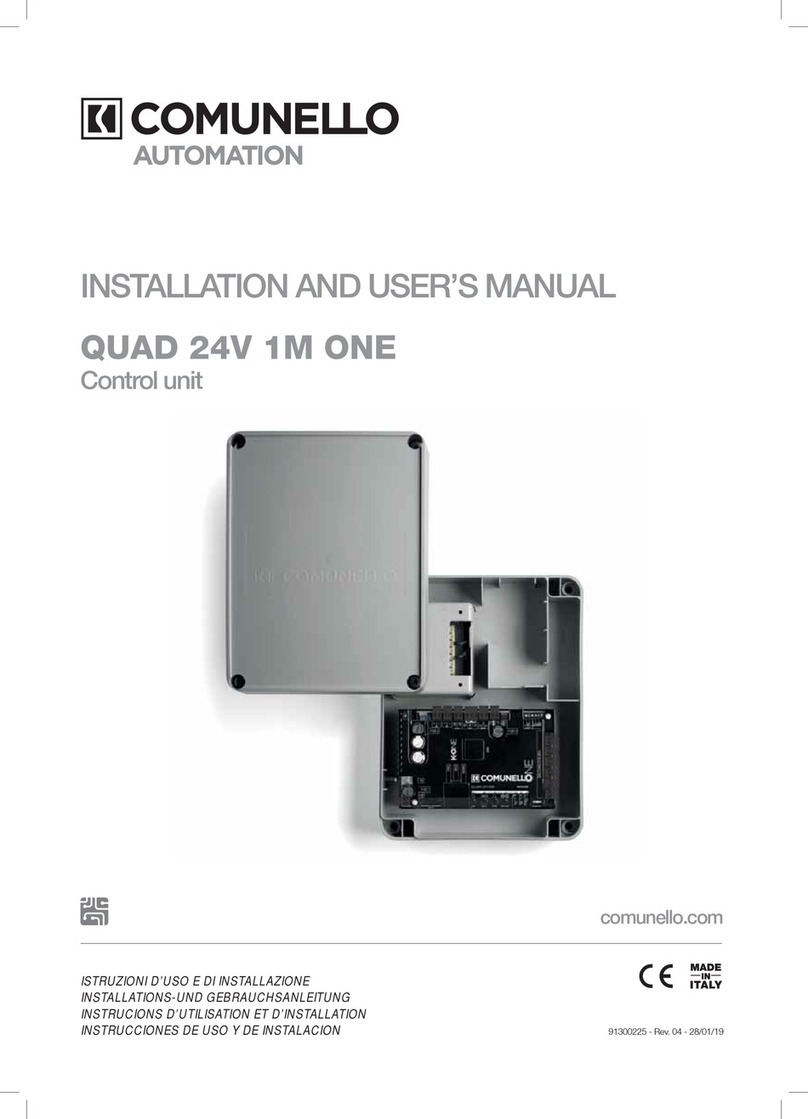
Comunello Automation
Comunello Automation QUAD 24V 1M ONE User manual
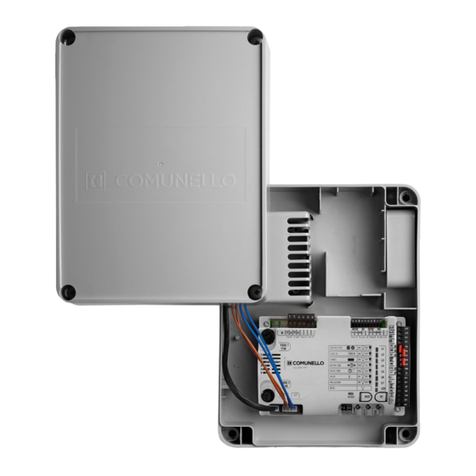
Comunello Automation
Comunello Automation QUAD-24V-HP User manual
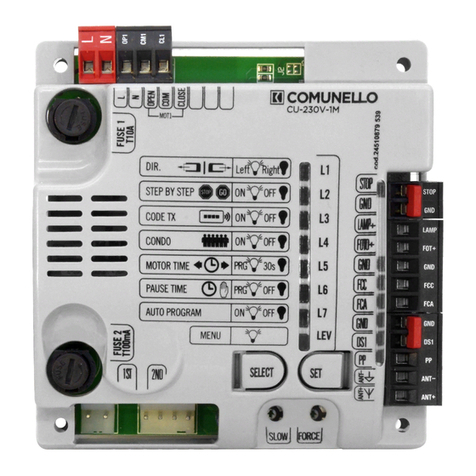
Comunello Automation
Comunello Automation CU-230V-1M User manual
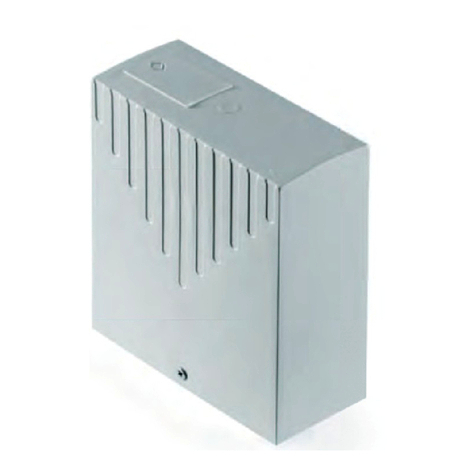
Comunello Automation
Comunello Automation MOWIN User manual
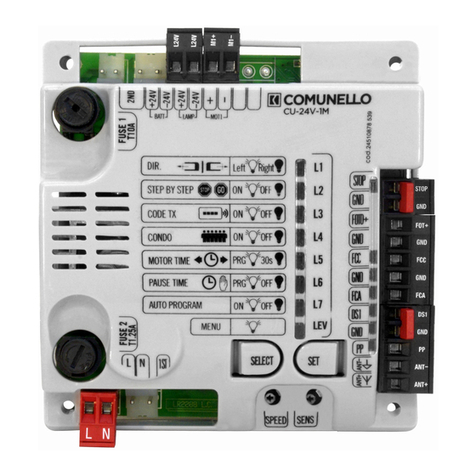
Comunello Automation
Comunello Automation CU 24V 1M User manual


























